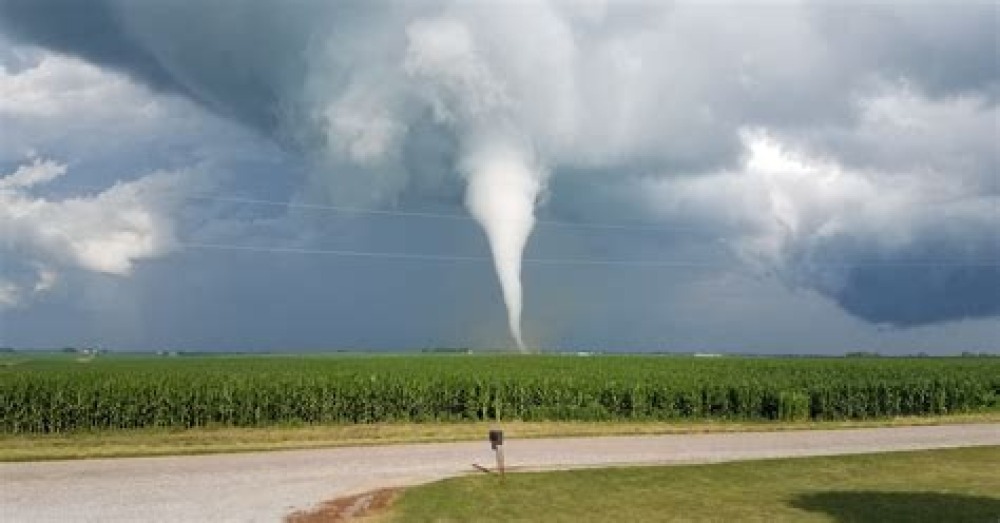
Tornado Safety Communications
Before a Tornado
- Know the location of the closest safe room or storm shelter in your community. Refer to shelter safety information available from your local government.
- Sign up for your community's warning system.
- Know the signs of a tornado, including a rotating funnel-shaped cloud, an approaching cloud of debris, or a loud roar-similar to a freight train.
- Pay attention to weather reports.
- Keep a stocked emergency kit of supplies in your home.
- Create a family evacuation plan and ensure everyone knows where to go when the tornado strikes.
- Learn to detect the signs of an onset tornado, which may include a dark, greenish sky, large hail, a giant, dark cloud hanging low in the air which may or may not be rotating, and the loud sound of roaring in the sky.
During a Tornado
- Seek shelter immediately. If you cannot get to a designated storm shelter in time, the safest locations are small, interior, windowless rooms (e.g., a closest) at the lowest level of a building; basements, and storm cellars.
- If you don’t have access to a small, safe room, you should get under a sturdy table.
- Stay away from windows, doors, and outside walls.
- Cover your head and neck with your arms and cover your body with blankets and pillows if possible.
- If outdoors, do not get under an overpass or bridge. You're safer in a low, flat location.
- Do not try to outrun a tornado in a vehicle.
- If you are in a car or outdoors and cannot get to a building, cover your head and neck with your arms and cover your body.
- Watch out for flying debris that can cause injury or death.
- Listen to EAS, NOAA Weather Radio or local alerting systems for current emergency information and instructions.
- When you are confident the storm has ended, get out as quickly as possible and go to a designated storm shelter.
After a Tornado
- If you are trapped under debris, do not move and cover your mouth to avoid breathing dust. Attempt to make noise so safety personnel can locate you by whistling or tapping on a wall.
- Avoid downed power lines and potentially unstable debris.
- Do not enter damaged buildings until you are told that they are safe.
- Keep listening to EAS, NOAA Weather Radio, and local authorities for updated information.
- Save your phone calls for emergencies. Phone systems are often down or busy after a disaster. Use text messaging or social media to communicate with family.
- Be careful during clean-up. Wear thick-soled shoes, long pants, and work gloves.
Listen to safety instructions from your local government.
For more information visit: Tornado (fema.gov)
